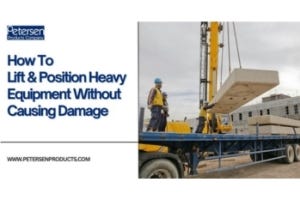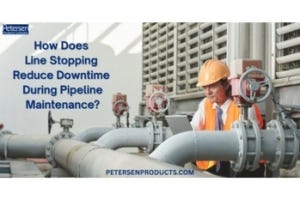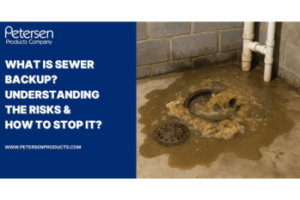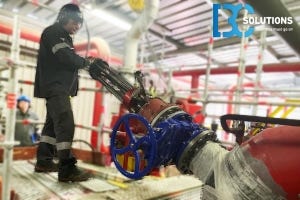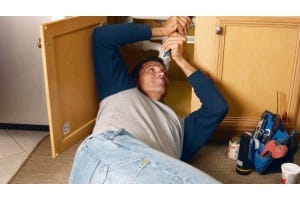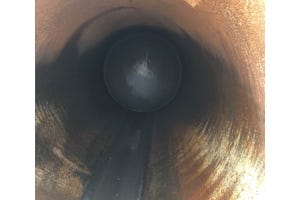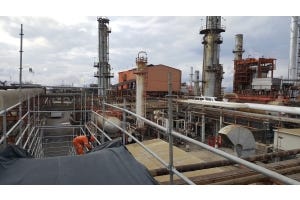Safe Pipe Plug Installation Guide

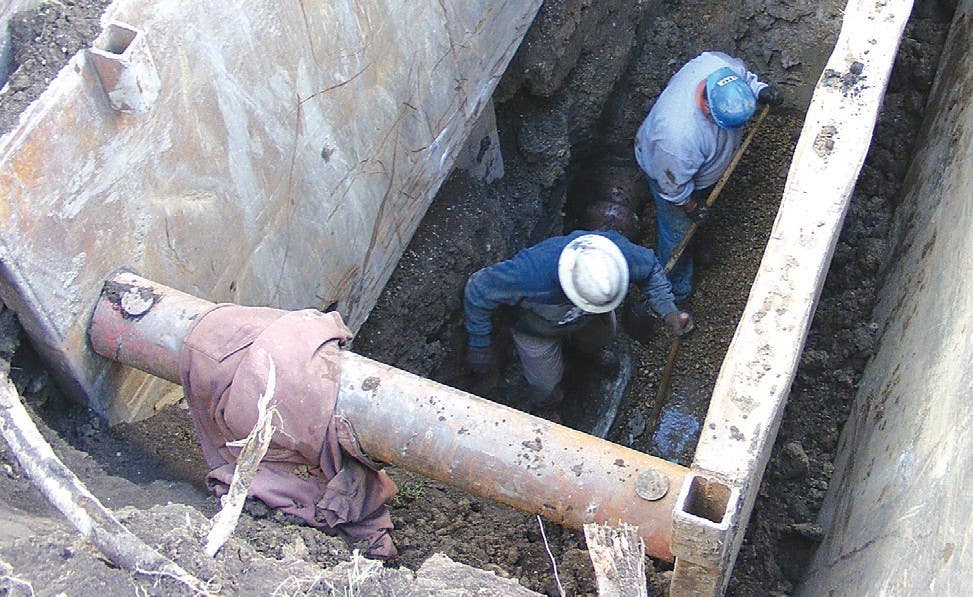
When installing pipe plugs, safety should be your top priority. Plugs and line stops are used in high pressure situations that can quickly become dangerous or even deadly if the proper procedures and precautions are not followed. To help avoid accidents or injuries, read this guide for tips and best practices to install pipe plugs in the safest way possible.
Know your plug's parameters
Prior to installing a pipe plug, you must understand its limits. Make sure you know the maximum and minimum diameters that your plug is designed for, as well as the required inflation pressure for an effective seal and its maximum back/test pressure. You also must understand the maximum possible forces that will be exerted on the plug for any given job. Never attempt to use a pipe plug in a pipe that is over its maximum diameter, always inflate sufficiently, and do not exceed the pressure it's rated for.
Check the condition of the plug
Before stopping flow, it's important to check your plug and ensure there aren't any missing or damaged fittings. Look at the lifting eye nuts, air fittings, and plugs for blocking bypass ports if they are needed for your particular project. You should also inspect the plug for cuts, gouges, cracks, and holes. Replace any missing or damaged fittings, and do not use the line stop if it is visibly damaged.
How to install and inflate your flow stop solution
Once you ensure that your pipe plug meets the size and pressure requirements for your job and that it is not damaged in any way, then you can move on to installation. You start by inserting the plug fully into the pipe with no part of it protruding from the tap. Inflatable plugs will spread in all directions like a balloon, so if it is not inserted all the way it could bulge out and burst. When it comes to these types of plugs, the rule of thumb is to install them one pipe diameter into the pipe.
You should always use an inflation kit or hose with a gauge to monitor the inflation pressure of the plug throughout the entire application while the pipe plug is in use.
Don't over or under inflate your plug
Underinflating pipe plugs may allow them to slip or dislodge when pressure is applied, as well as let water, sewage, air, or other materials leak past it. The same may happen if you exceed the maximum back or test pressure rating of the plug. On the other hand, over inflating the plug may cause it to burst, rupture, or explode, potentially causing damage and injury.
Brace the line stop
In order to ensure the plug doesn't move or become dislodged, the use of blocking or bracing is often recommended. Bracing systems should be constructed by certified engineers and customized for your particular pipe job and plug. Rubber eyelets, steel rings, metal eye bolts, eyelets, and eye nuts are not to be used for restraining pipe plugs. Always use multiple points of contact on the plug, in order to spread the back pressure or test pressure forces over the largest area possible.
Read and understand manufactures instructions before using any Pipe Plugs! Failure to comply may result in property damage, serious injury, or even death.
Disclaimer: The information may be used but with no warranty or liability. This information is believed to be correct but should always be double checked with alternative sources. Strictly adhere to and follow all applicable national and local regulations and practices.
Regardless of these comments, it is always necessary to read and understand manufactures instructions and local regulations prior to using any item.










